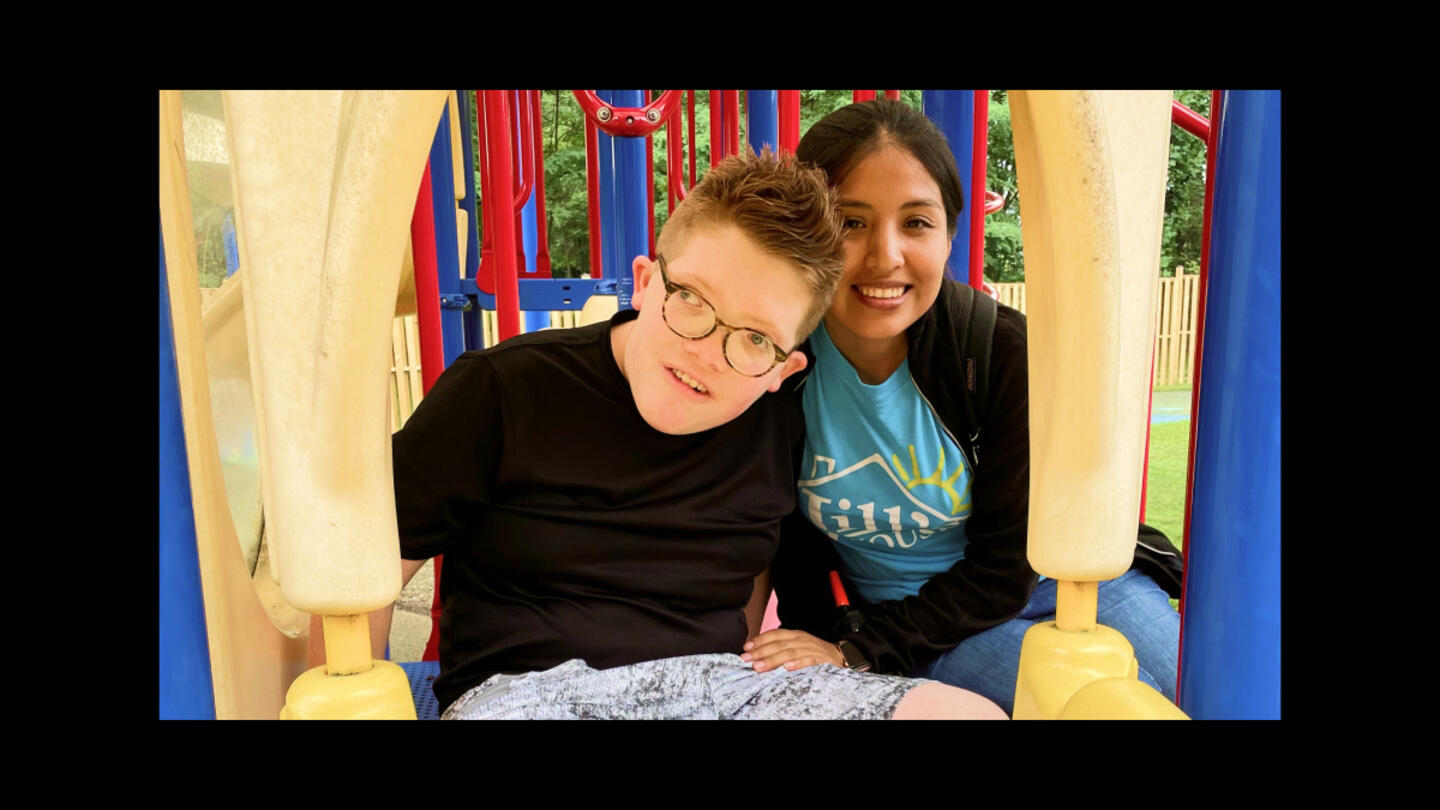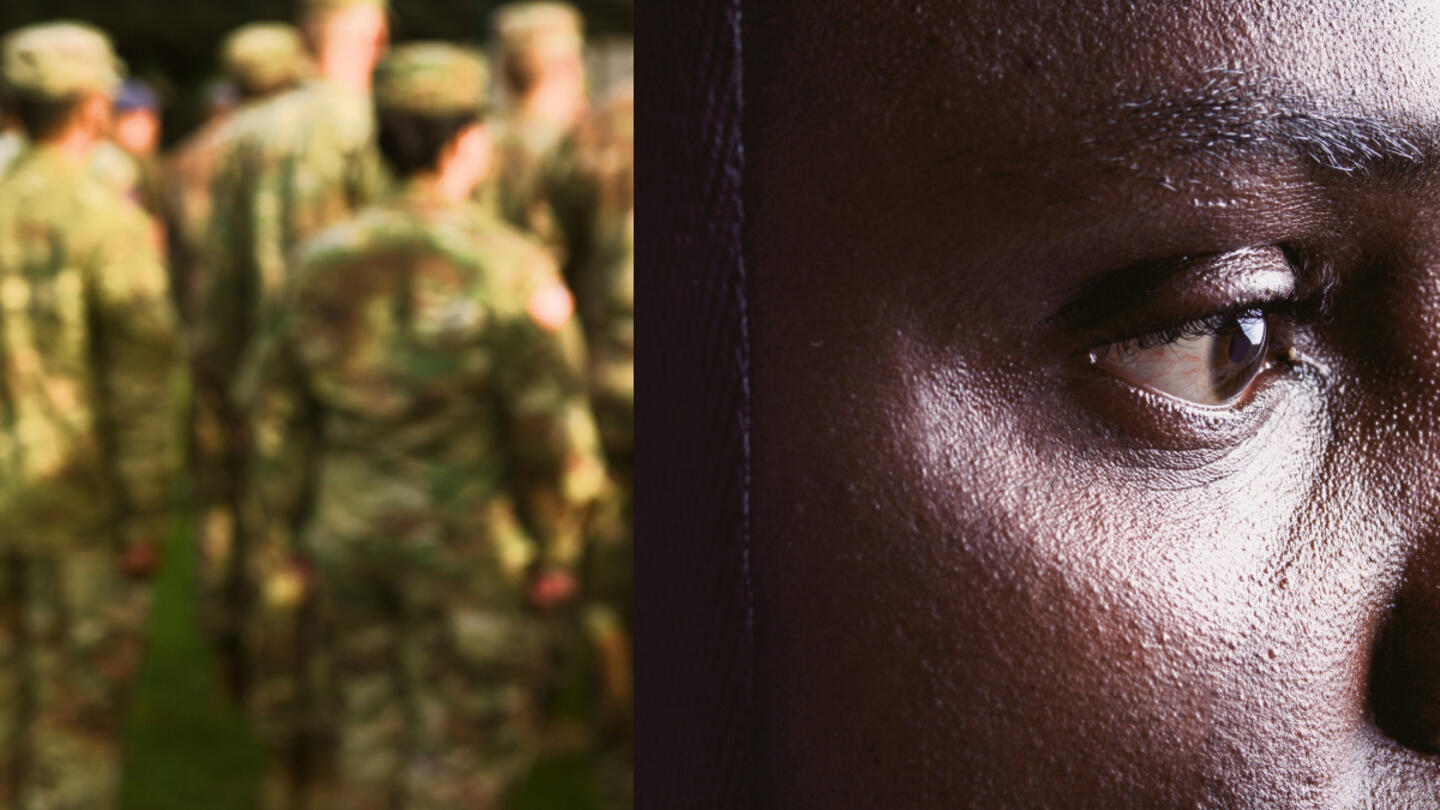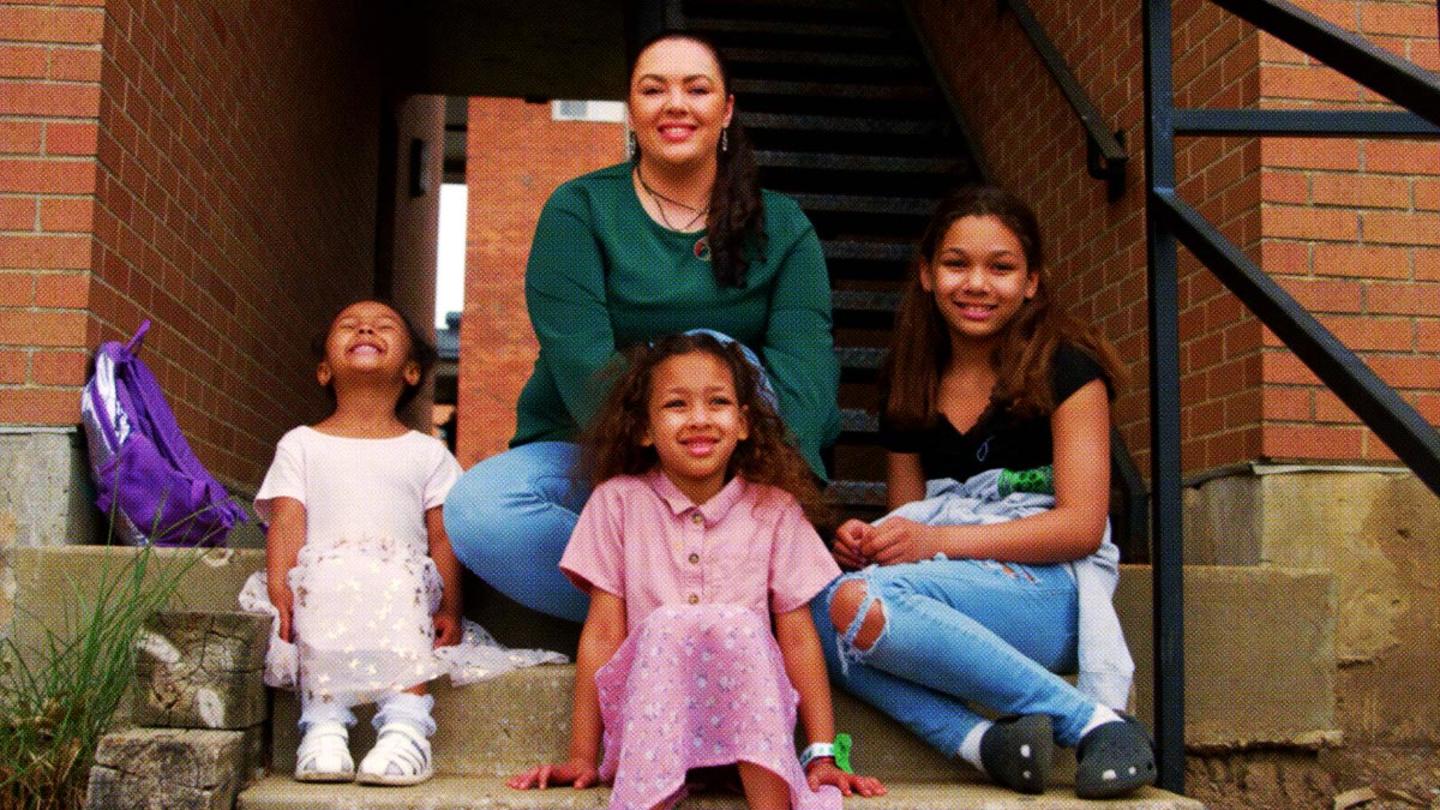Six years ago, Alexis’ four daughters were removed from her home, a vivid memory she carries into her new life.
“Time feels frozen in that moment,” she recalls. “Everything’s completely different than it was before.”
Her daughters joined the more than 400,000 children in the U.S. foster care system. They may have remained part of that statistic for years, if it weren’t for the help she found through CarePortal.
“There are horrible things that happen to children that should never happen to anybody — and those kids need to be removed,” says Adrien Lewis, CarePortal founder. “But the majority of the time, (parents) want to provide for their kids, but they can’t because of the circumstances related to poverty.”
CarePortal is an app that connects families in crisis to real-time support. The platform receives over 100 requests daily from government agencies across the nation seeking local providers to aid parents like Alexis. In doing so, CarePortal enacts community-based intervention that helps parents get the support they need to be able to care for their children over the long-term. This helps fragmented families reconnect. It also helps address the 76% of child welfare cases that spring from neglect related to poverty.
“Just coming alongside a family with the resources you have can be the difference between a family staying together or kids having to go somewhere else,” Lewis says.
A child assistance app that intervenes in real-time, with real people
The foster care system is the best place to start for proactive, preventative intervention.
“The foster care system is the most strategic systemic change in our country,” Lewis states. Half of the homeless population, 65% of girls rescued from sex trafficking rings, and 75% of incarcerated persons have spent time in the foster care system. Eradicating these outcomes may start with changing the foster care experience.
Kansas City-based CarePortal takes inspiration from similar need-fulfilling apps like Uber and Airbnb, Lewis says.
“They are bringing value by bringing together multiple sides of the marketplace to do something together,” he says. “CarePortal is the same thing for the social sector.”
The platform mobilizes local faith communities, businesses, and those who provide relationship and resource support. Social service agencies first upload details to the app about a family’s urgent needs, triggering an alert in real-time to a network of local providers. These needs can range from housing, to medical attention and simple emotional support.
The message is a clear one: help prevent a child from entering foster care, right now.
“You have the opportunity to respond and say, ‘I can help with that part, I can go meet that family, I can go provide that bed,’” Lewis says. “The next thing you know, you’re connected with that case worker and that family to engage in making a difference.”
CarePortal is currently active in 30 states and has served more than 200,000 children and their families. It is projected to serve more than a million people within the next five years. Lewis hopes to broaden the app’s scope to apply to situations beyond foster care and assist with poverty in general.
“Poverty is a trap, and every citizen has an opportunity to help other people through that trap,” Lewis says. “We could radically transform the effects of poverty in our country if we create this vast care-sharing network where all these folks in the community are doing their part to empower every human being to care for another in their moments of need.”
Lewis had some preconceived notions about foster care before getting involved in foster care work.,
“I thought that the kids who were removed from their parents and put in the foster care system were there because they had bad parents who didn’t care about them,” he recalls. “I am so glad that I was wrong.”
Sign up for the Strong & Safe Communities newsletter for stories, ideas, and advice from changemakers working with their neighbors to address the biggest problems we face.
How a child-assist app helped a mentor find her match
Jamie, a social worker who has spent a decade working for Missouri’s social services division, points out that there are many reasons children can end up in foster care. The majority, she says, are sent there out of fear of risk of emotional or physical neglect.
“It can be really frustrating to see when families are really trying their hardest but just don’t have what they need to take care of their kiddos,” she says. “Being in poverty and facing housing needs can be really isolating and they don’t have a natural support system in place.”
“Poverty is the thing that can keep people on the edge, with no margin,” Lewis says. “[If] you’re a single mom, and you’re doing the best that you possibly can, the first time that you break — that’s when it happens.”
It’s something Alexis knows firsthand. Before entering the foster care system, she was working full-time while parenting her four daughters, alone.
“It felt chaotic, it felt stressful,” she says. “It was like always being in survival mode, fight-or-flight mode.”
A trusted friend assaulted her daughter. She lost her children as a result. As she explains: “The only thing I had any understanding of was that I needed to be separated from my children.”
It was actually Alexis who reached out to social services and expressed her concerns for her children’s safety, asking for them to be taken away. But she made her intentions clear: “I do the best to provide for these kids, and I’ll do whatever it takes to make sure that they return to my care and custody.”
While working with CarePortal, the state makes a list of requirements to ensure a child’s safety and uploads it to the app. Community providers can then see these needs and discern if they are able to fulfill any of them.
In Alexis’ case, she requested a mentor. A local woman named Jennifer responded.
“Alexis’ story is my story,” Jennifer says. “The abuse, the family problems. If I could save one person from making the same mistakes that I made, and help them be a better parent — I felt like that was it.”
Jennifer helped provide Alexis with the emotional support she needed to weather the struggles of single motherhood. She has become close with Alexis’ daughters, and her larger family also provides a support system. Jennifer describes her role as “loving somebody that hasn’t felt love in a long time.”
“At the end of the day, what CarePortal is really trying to accomplish is to create meaningful connections whenever possible,” Lewis says. “Because it’s those meaningful connections that change the path of peoples’ lives, and we end up being a far stronger community because of it.”
Through CarePortal, families don’t just reunite, they grow
With Jennifer’s support, Alexis got her four daughters back.
It took less than a year. This was the fastest turnaround time that CarePortal has ever seen between children being removed from their homes to being returned.
The first night that Alexis and her daughters slept in the same house again was a landmark moment. “Not a single one of us got an ounce of sleep that night,” she remembers.
Alexis is now a teacher and business owner. She and her children are moving into a permanent home, prepared for them with care and love by Jennifer and members of a local church.
But they are hardly just setting the family up in their new home and saying goodbye — Jennifer and Alexis are stuck together for life. A family that was once broken apart is not only united again, but has also gained a new member.
“I’m team Alexis,” Jennifer says. “That’s what I am. I’m going to make sure she has the support and love that she needs, when she needs it. My relationship with Alexis, if I have it my way, will never end.”
CarePortal is supported by Stand Together Foundation, which partners with the nation’s most transformative nonprofits to break the cycle of poverty.
Learn more about Stand Together’s economic progress efforts, and explore ways you can partner with us.

At this ‘resort,’ children with intellectual disabilities are seen as gifts to be celebrated and loved.

Veterans experience loss when leaving service. Could this be key to understanding their mental health?

The Grammy-nominated artist is highlighting the stories we don’t get to hear every day.

With his latest project, Blacc isn’t just amplifying stories — he’s stepping into them
